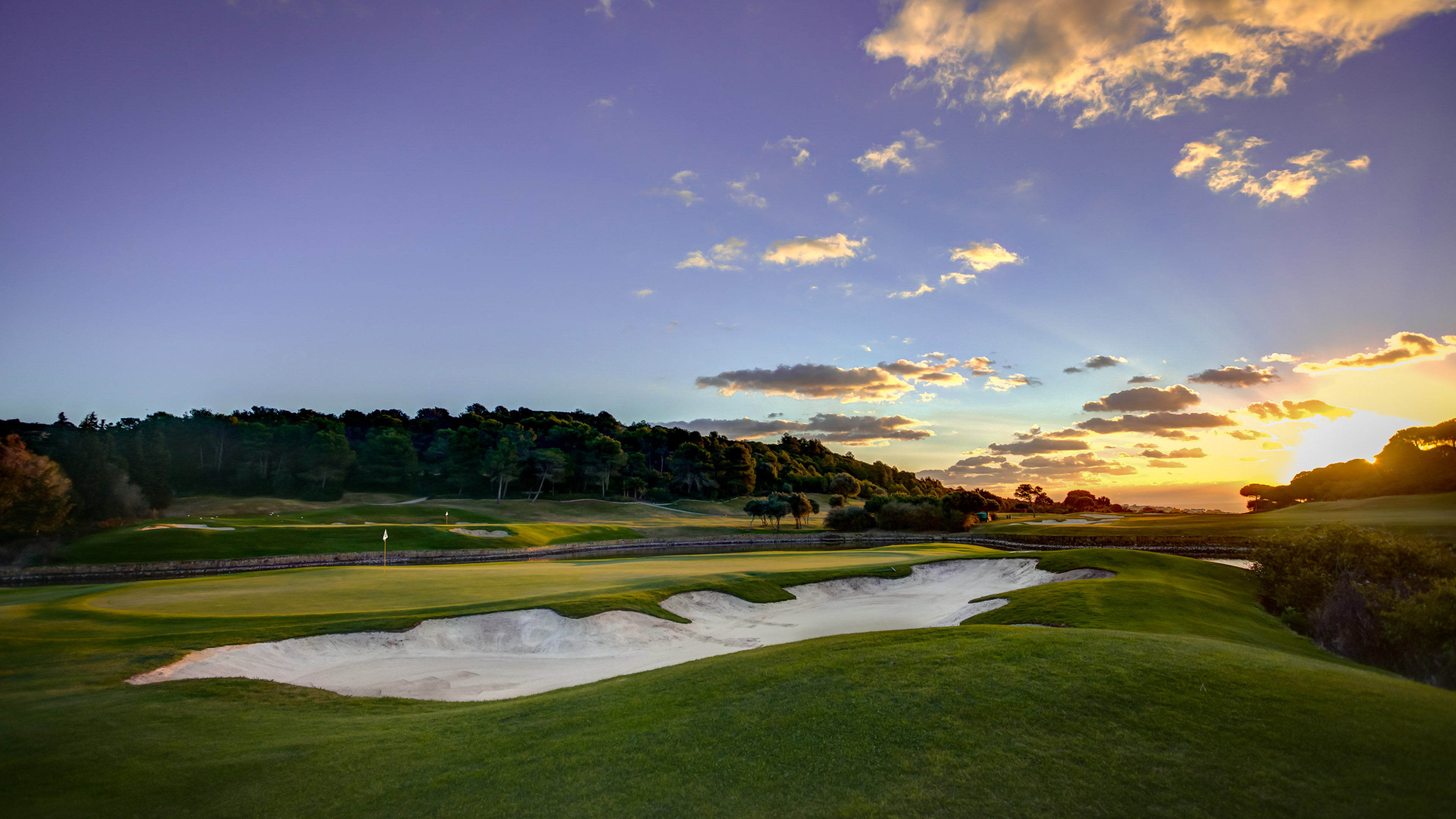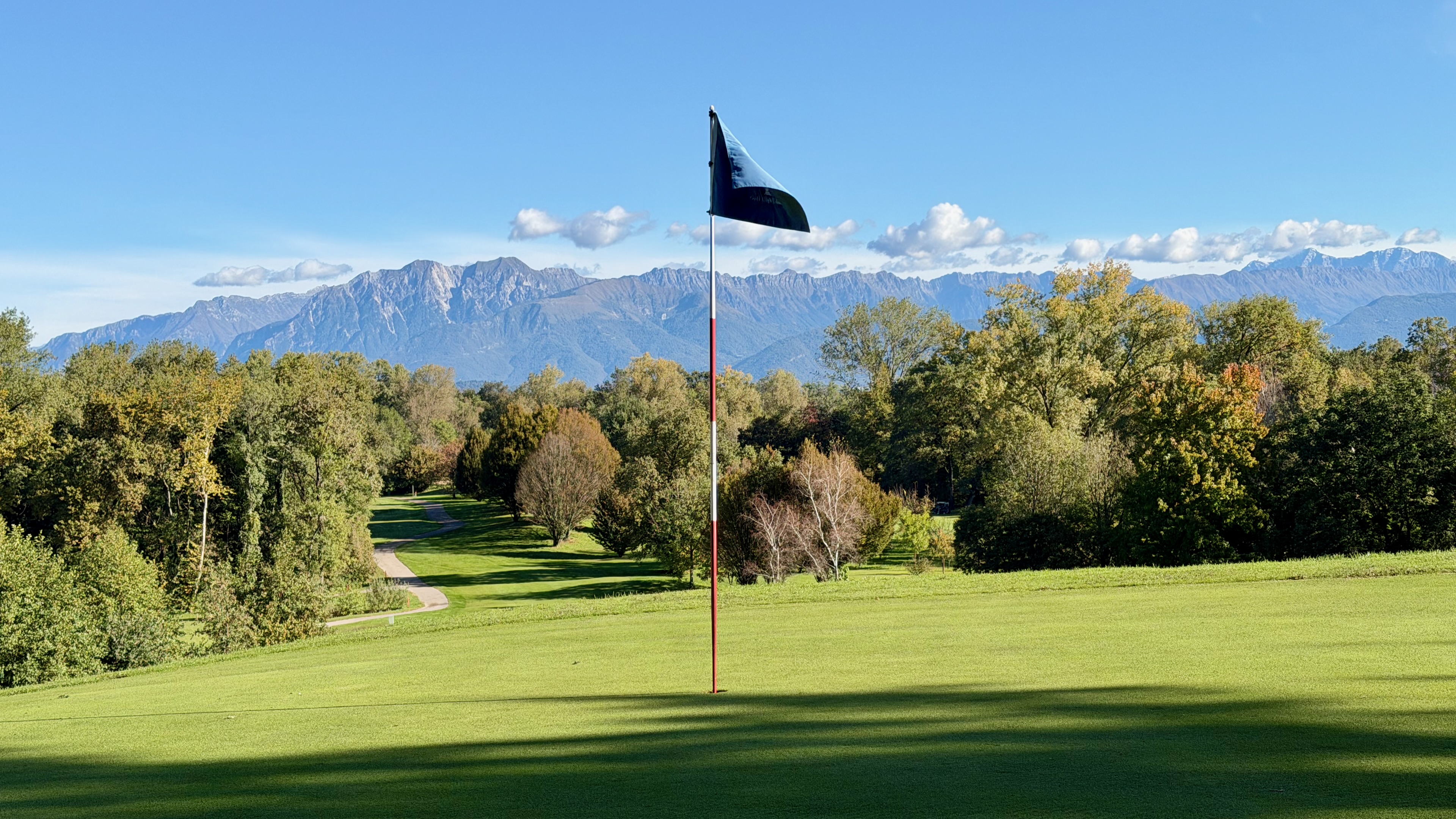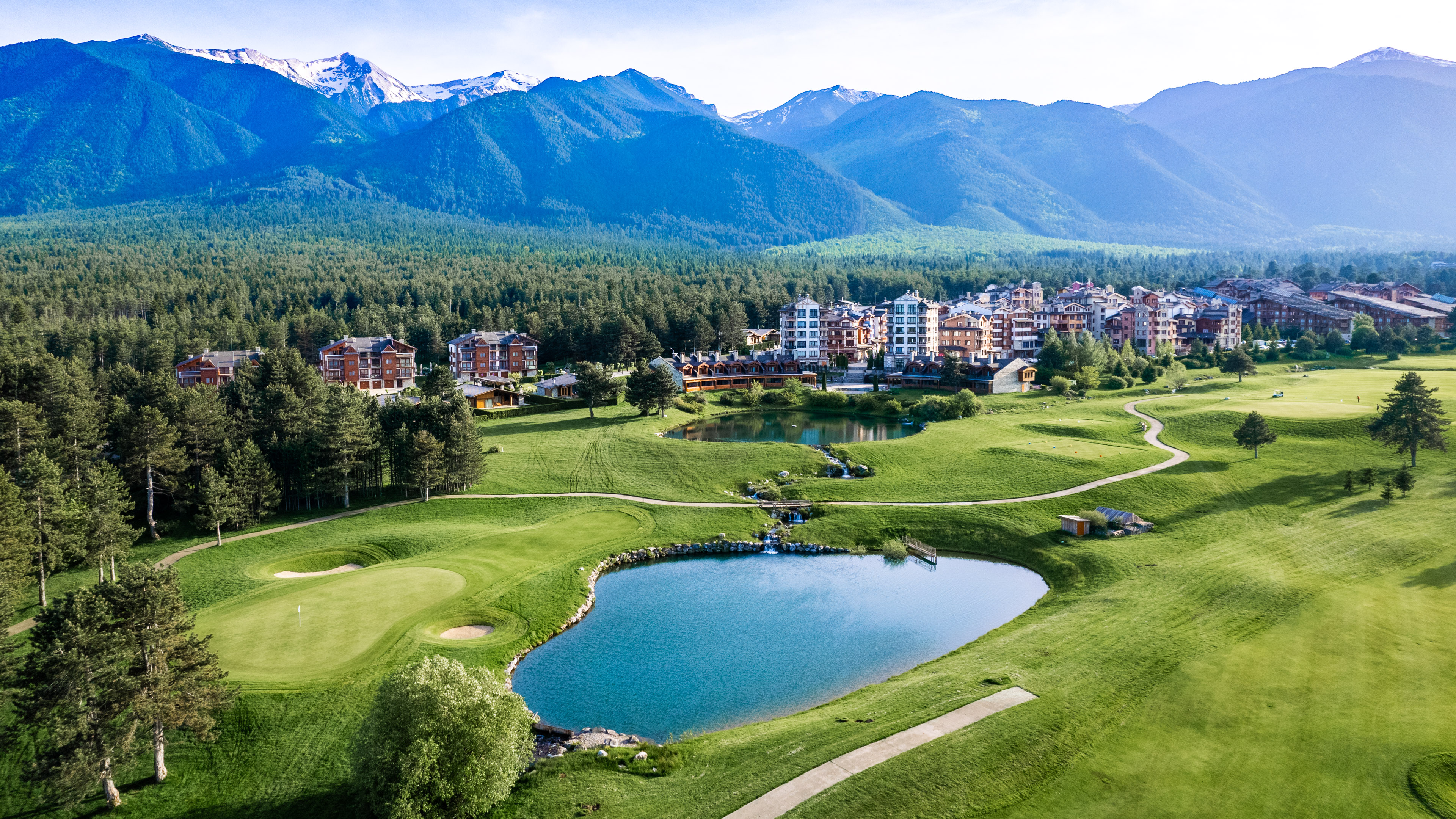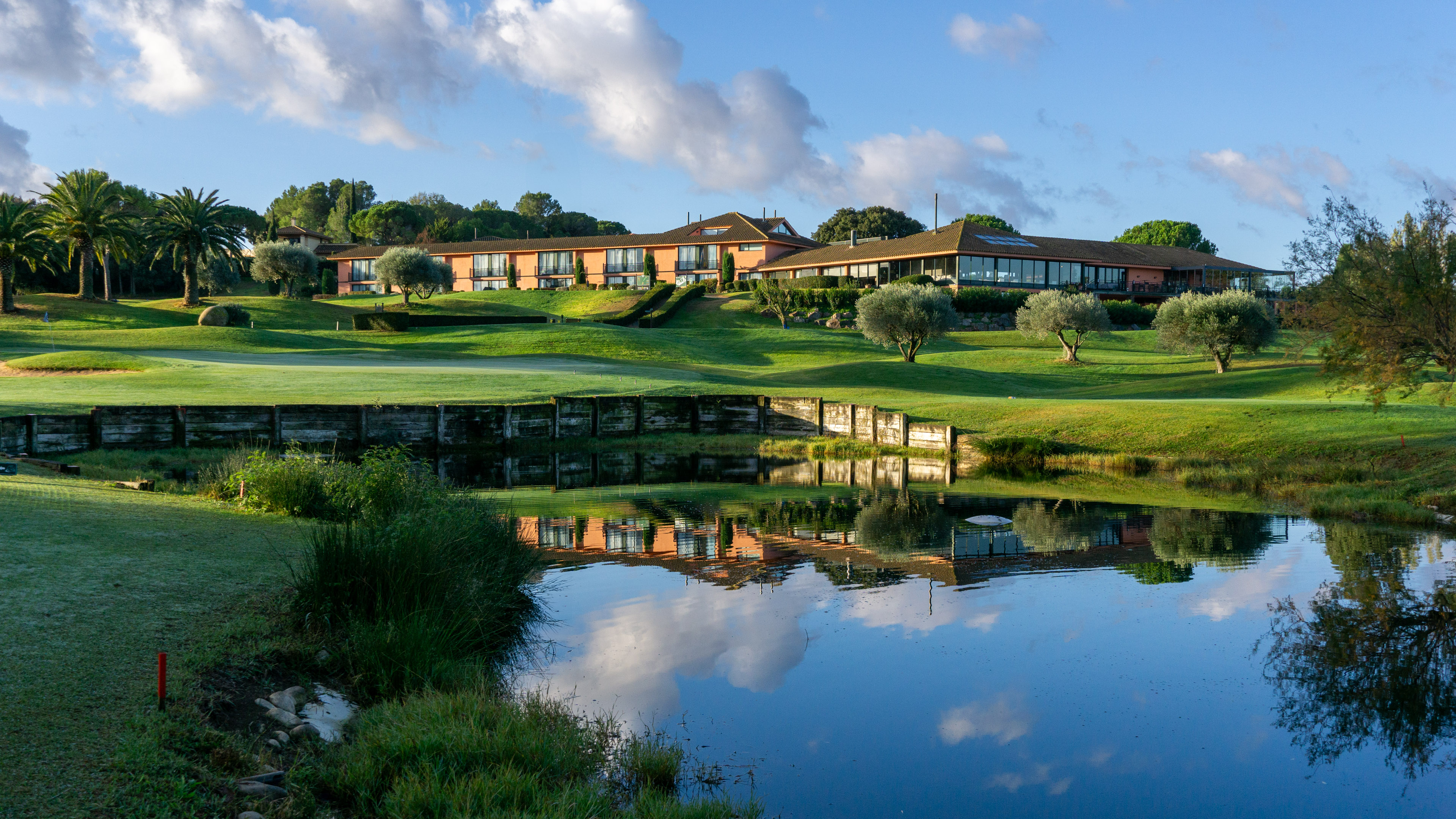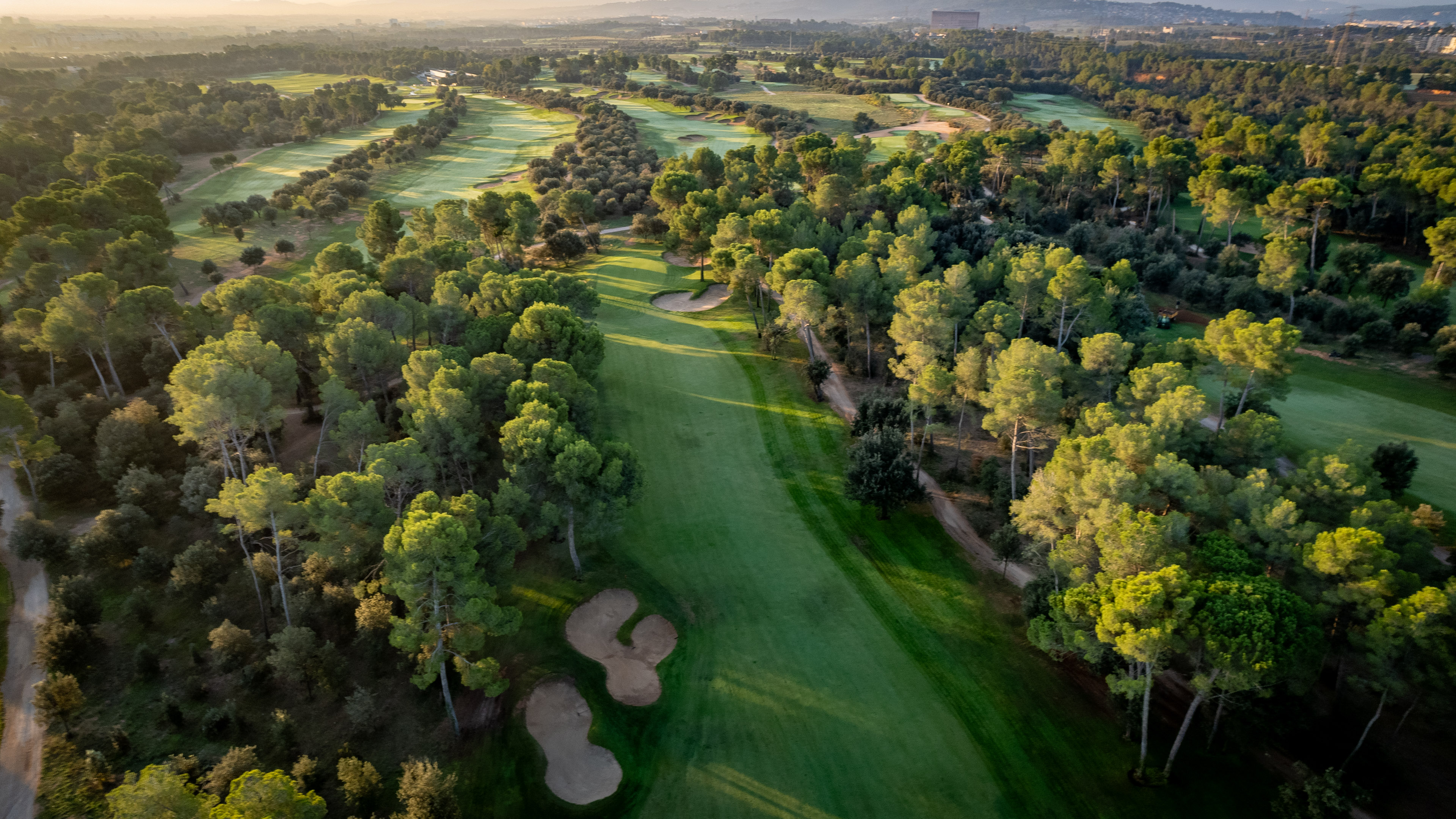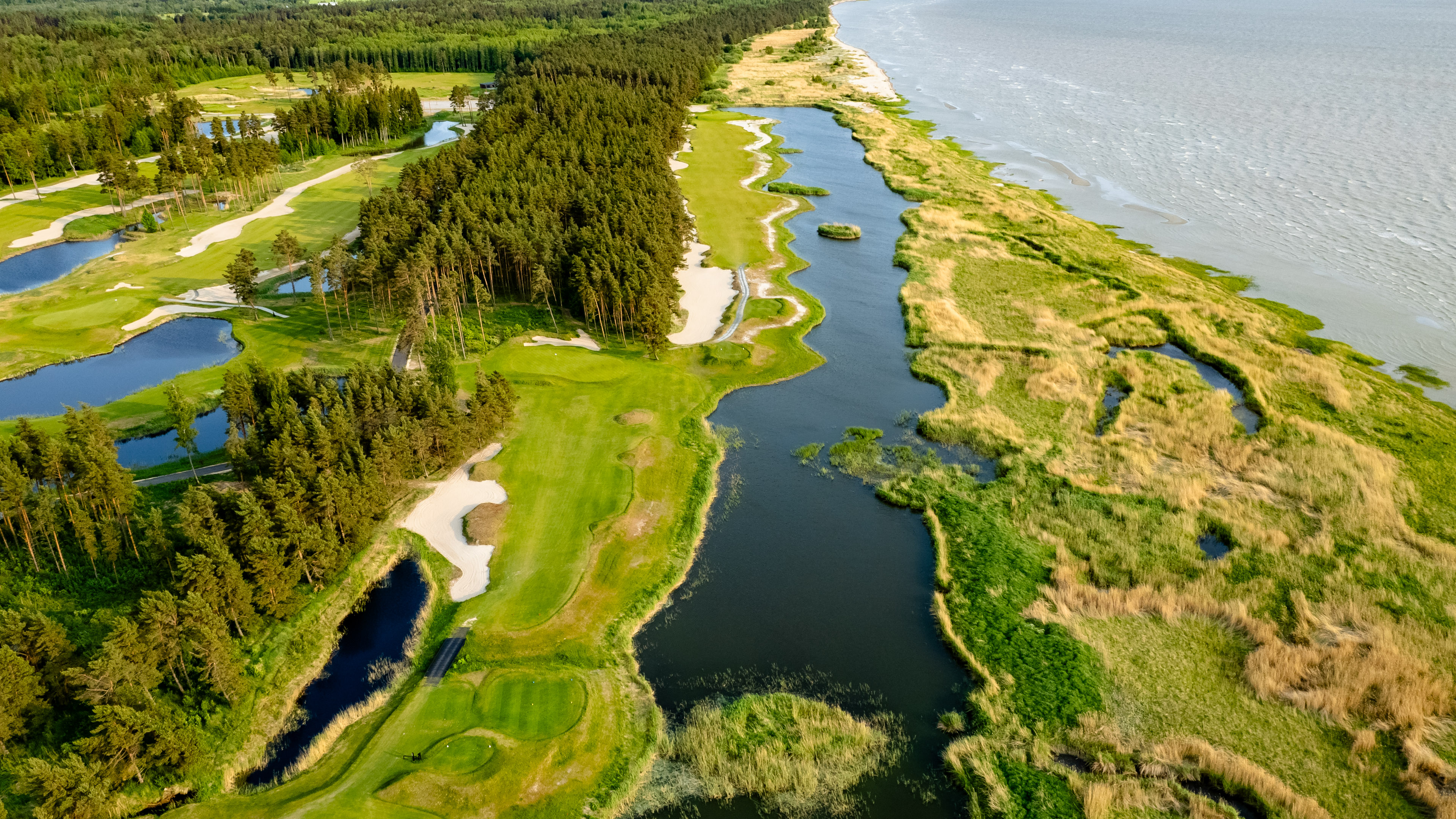Costa del Sol has been a magnet for sun-starved golfers for half a century. The competition is getting tougher – other ‘Costas’ such as Costa Blanca, Brava and Dorada want their share of the Spanish golf pie. But with Europe’s best weather and more than 80 courses, is Costa del Sol still the place to go for birdies, bunkers and beaches?
The choices are staggering. When you’re looking for a place to spend a few days golfing, know that worldwide there are more than 32,000 golf courses to choose from, enough to sate even the most voracious appetite for variety. If you played a new course a day every day for the rest of your life, it would take until the year 2102 to play every single one. And then, of course, you would still have to play all the ones that were built between today and the year 2102.
In order to cope with the ‘challenges’ of serial golf, one has to have a clear strategy, like spending a lot of time in places with high golf course density.
You could spend two weeks’ vacation on the Costa del Sol every year, playing a new course five days a week (you would need weekends for foot baths), and it would take you 10 years to play every course in the immediate vicinity. Added bonuses: Andalucian food, culture, beaches, mountains, and 320 days of sunshine per year.
Mi casa, su casa
If St Andrews is ‘The Home of Golf’, surely Costa del Sol could call itself ‘The Home-Away-from-Home of Golf’. So, you may ask, what about the quality? Good question. Golf on the Costa del Sol is not a mere numbers game, although numbers do tend to make an impression on people. How about this: of Spain’s top 100 courses (see top100golfcourses.co.uk) about a third are on the Costa del Sol, including three of the top five.
And the terrain? Unlike some other golf regions of Spain, the Costa del Sol has hilly landscapes in bucketfuls, so the courses are far from flat and many have stunning views of the beautiful coastline.
With that number of courses – and many of them excellent ones – it’s hard to know where to start (a good place to head for more info is www.golf-service.com, specialists in the area). Probably a few of our readers have already played a good share of them and know more than we do. But, as the Chinese philosopher Lao-Tze said 2500 years ago, a journey of a thousand miles begins with a single step. So we started our trek visiting some key resorts in the middle of the winter, when our home courses further north were under ice and snow. We started with La Reserva de Sotogrande (as seen by the 6th green at sunrise in the top photo), Marbella Golf Country Club, Alcaidesa Links,San Roque and Torrequebrada. We got a feel for the area, and we are certainly going back for more (keep tuned in coming issues).
La Reserva de Sotogrande
Let’s start with our favorite, Cabell B. Robinson’s design, La Reserva de Sotogrande (6721m from the back, par 72). It lies in the heights above Sotogrande, with a stately clubhouse designed in typical Andalucian style. It’s not exactly cheap, with rack rates of 155/180 euros including buggy (recommended), depending on the season. Many good courses in the area are playable on weekdays for 60-100 euros, but the very top echelon demands higher rates (Valderrama, for example, charges 350 euros).
Looking at the way the championship course lies in the rolling landscape, including majestic pine, olive and cork trees, it seems much older than it is (it opened in 2003). It’s long from the back, but there are five sets of tees to choose from.
Some of the vistas you’ll take in from La Reserva are amazing – seeing the rising sun low on the horizon over the Mediterranean from the 4th fairway is a sight to behold.
The course is shaped by two valleys and includes four lakes, with water on six holes. It is characterized by wide fairways and large greens with plenty of movement. One of the best courses you’ll play in Spain. The resort is managed by Troon Golf, and no effort is spared in keeping it in perfect condition. See sotogrande.com for more.
Marbella Golf Country Club
Marbella Golf Country Club features a course designed by none other than the granddaddy of golf architecture, Robert Trent Jones, Sr. It’s hillier than La Reserva – buggies all the way. Fans of Trent Jones will savor Marbella Golf CC – a classic resort with a sense of ‘Old World’ style. The course was originally designed by Trent Jones in 1973 (he also designed Valderrama and Sotogrande on the Costa del Sol), but it was not completed until 1994, and it was redesigned again in 2009. It is a short but tricky 6000m (from the back), par 72 with large, undulating greens and several lakes. The first nine are a bit of a roller-coaster, with some intimidating tee shots to tight fairways. The view from the first green is immense. There are couple of slightly crazy holes. The 6th is a snaky, narrow downhill par five that asks you to carry two different water hazards after the tee shot. Most bogey golfers will probably be laying up with their third shots.
The following hole, the 7th, is an ‘upper’. Unless you have a very good drive the approach will be very long and uphill over a precipitous ravine.
The back nine is the best part of the course, with more gentle undulations in the terrain. This is where the lakes come in to play.
Make sure to schedule time for lunch on the beautiful terrace, where you can watch golfers negotiating the short and devious par three 9th. See marbellagolf.com.
Alcaidesa Links
Alcaidesa Links (5866m from the back, par 72) was designed by Peter Alliss and Clive Clark in 1992 to emulate a classic British links course, and the results are convincing.
No matter what kind of golf you play at Alcaidesa, an hour’s drive southwest of Malaga, the views toward the shining blue Mediterranean and the Rock of Gibraltar will make you forget all your sorrows. You can even get a glimpse of the coast of Morocco across the straits.
There’s ample reason not to be spending too much time gazing into the horizon, though. You should be concentrating on reading the greens. They are some of the fastest and most difficult greens you will find on the Costa del Sol. The course leans toward the sea, nary a green lies flat in the terrain. Take heed of similarly sloped fairways. The gorse may end up consuming some shots that land in the fairway but take a roll off to the side.
The resort also has a ‘heathland’ course designed by Dave Thomas – it opened in 2007. Seealcaidesa.com.
San Roque
The San Roque Old Course has been deemed one of the corners of the ‘golden triangle’ of golf – the other corners being Valderrama and Real Club de Sotogrande. This was a term used 20 years ago. It is not so useful anymore, since so many good courses have been built in the region. It might be more correct to talk about the ‘golden polygon’.
There’s a debate about the Old versus New courses at San Roque. The Old (par 72, 6494 m), although not really very old, is more prestigious. It was designed by Dave Thomas and opened in 1990. The New (6497 m from the tips, par 72), designed by Seve Ballesteros and Perry Dye (son of Pete Dye), is more forgiving and actually preferred by many local golfers. Ballesteros had a connection with San Roque – his brother Vicente was the professional at the club.
The New course has some of the aura of typical Dye courses, with some of the greens typically built up using railroad sleepers. There are plenty of large, deep bunkers protecting most of the large greens – all with very white marble sand. The gnarled cork trees and the Sierra Bermeja mountains in the distance create a special setting.
Don’t forget to go back on the path to ‘Seve’s Tee’ on the 4th hole, a par three. It will take you back to a spot frightfully far back, giving you a 198m shot over a ravine. It’s worth seeing if not trying.
In the 1990s San Roque was known as the annual stage for the European Tour’s Q School, where the top players would earn tour cards. Some of today’s stars qualified at San Roque, including Padraig Harrington, Lee Westwood, Ian Poulter, and Justin Rose. See sanroqueclub.com.
Torrequebrada
Torrequebrada (5808 m, par 72) in Benamadena at the foot of the Mijas mountains between Malaga and Marbella is one of the first designs of José Pepe Gancedo. It opened in 1976, and the rumors are that singer Bing Crosby once had it on his list of favorite courses (although he died in 1977, the year after it opened, so perhaps one should take that with a grain of salt!). It held the Spanish Open in 1979, and has recently hosted the Ecco Tour. It’s another hilly course on the Costa del Sol – the elevation changes are used well in the design, and it comes across as an entirely fun and joyful experience.
To navigate the course, you have to hit over numerous water hazards, and take on a few doglegs, narrow fairways and some devious rough. The vegetation is a chapter unto itself – there are myriads of different tree species, the last person who counted got to 100 different varieties.
It has probably the shortest par three we’ve ever seen on a course that has been home to the pros – the 3rd hole is 90m from the back tees. The signature hole is the 7th, a par four with a tee shot from up high that crosses a local road. The green is protected by water.
A few years ago the course was not in very good shape, but the owners have been investing in the last 10 years in improvements, including a new watering system and a complete clubhouse refurbishment. The friendly staff are proof that this is a club that wants to win back the excellent reputation it has originally as one of the leading courses on the Costa del Sol. See golftorrequebrada.es.
